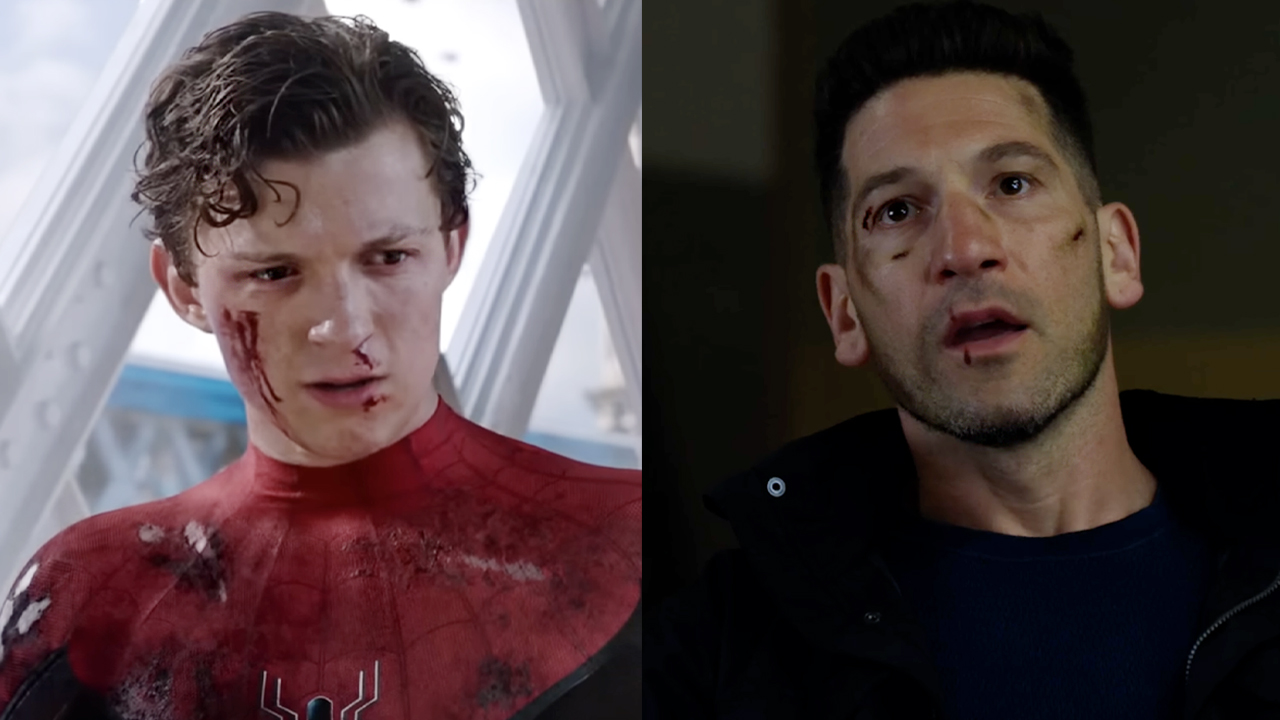14 Big Differences Between The Murder On The Orient Express Book And Movie
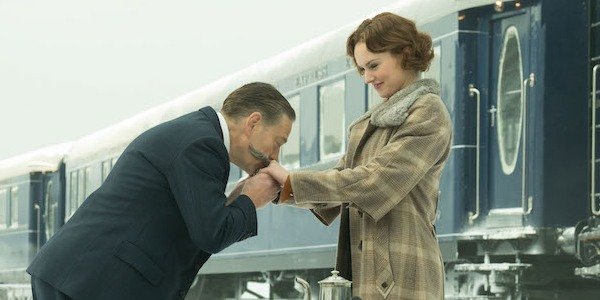
Murder on the Orient Express is a classic. It's a classic mystery and a classic Agatha Christie novel, one that has been adapted successfully a few times over. With this in mind, it's not a real shock that director Kenneth Branagh would want to adapt the book in question but also create an adaptation that's different than the other iterations of Murder on the Orient Express we've seen. However, I will note that the changes from the book in the 2017 version of Murder on the Orient Express are numerous, and some of them make more sense than others.
Honestly, I could go on and on about the minor nuances and changes in Murder on the Orient Express. The book is one that relies on both facts and misnomers to tell its story, and a lot has been condensed to keep the movie under a two-hour runtime. In addition, a lot has been left out in order to make room for amazing cinematography, a fun cold open and more. Without further ado, go ahead and delve into our list of the biggest changes between Agatha Christie's book and Kenneth Branagh's movie. Again, there will be plenty of spoilers, so don't read on if you haven't caught the movie yet.
As always, if there's anything worth noting you feel I missed, please let us know in the comments, below.
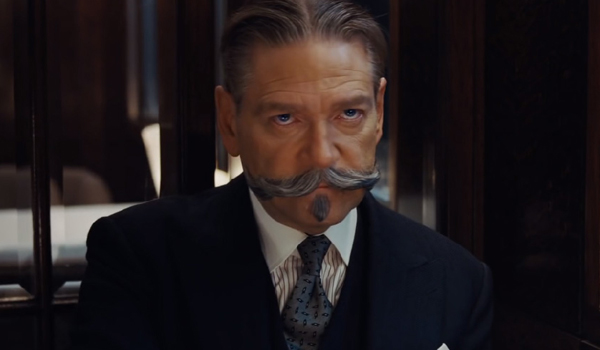
Poirot's mustache is different. As Hercule Poirot, Kenneth Branagh's costume designer chose a mustache that is lush, huge and grey. It's a far cry from the definitely dyed and carefully cultivated mustache that Christie describes in her novels, but it is, nonetheless, impressive.
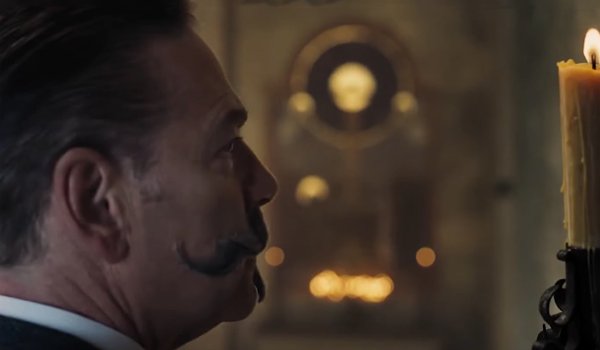
The movie kicks off at the Wailing Wall in Jerusalem. There, we are treated to a cold open in which Hercule Poirot amazingly and amusingly solves a crime. The book picks up in Syria with Poirot having a labored conversation with a Lieutenant after having already solved an issue.
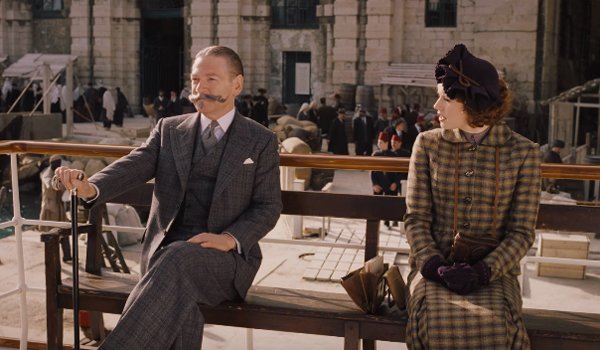
Poirot meets Mary Debenham and Doctor Abuthnot on a boat leading to the Orient Express. Mary also recognizes the face of the famous detective right away, whereas in the book she sees his egg-shaped head and bundled-up costume and think he's the type of person one shouldn't take seriously.
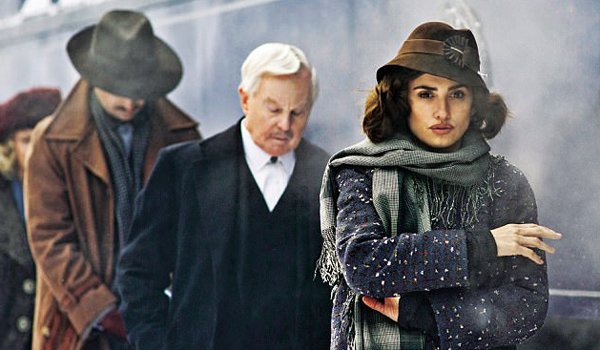
Although there are 12 suspects in both the book and the movie, the characters are quite a bit different in the movie. Colonel Abuthnot is a doctor. The Swedish Greta Ohlsson is replaced with Pilar Estravados, played by Penelope Cruz. The Italian car salesman becomes Cuban Biniamino Marquez, played by Manuel Garcia-Rulfo. Cyrus Hardman becomes a German named Gerhard Hardman--for a time. Ratchett's butler is much older in the movie than the 39-year-old valet described in the books.
Your Daily Blend of Entertainment News
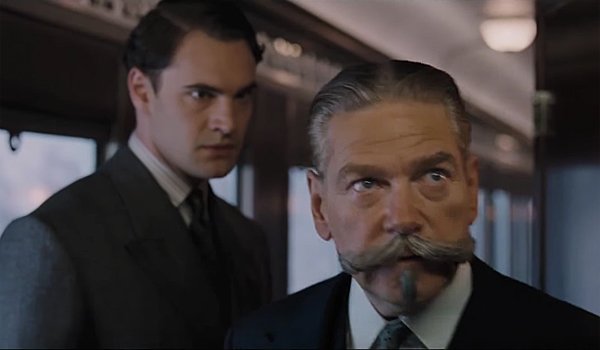
M. Bouc is definitely a different sort of character who enjoys vice, including a prostitute, in the movie. He's also played by Brit Tom Bateman. In the book, he's a Belgian, like Hercule Poirot himself, and he's more buttoned up. He also doesn't need to convince Poirot to take on the case, as he does in the movie.
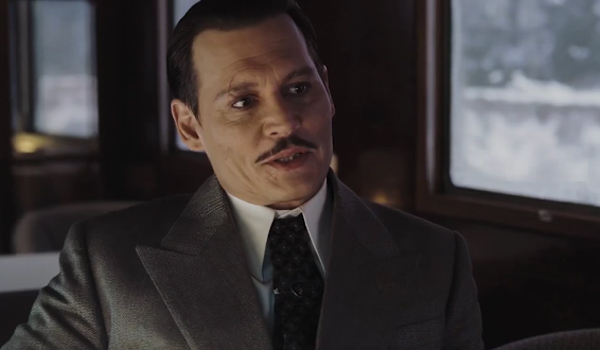
When Ratchett appeals to Poirot to take on the case, he tries to get him on board by enticing him with dessert and small talk. It is Hercule Poirot who interrupts him ands asks him to get to his point. In the book, it is Ratchett who is the typical American and notes Americans "come to the point quickly" before trying to hire the famous detective. Ratchett also admits to being a little unsavory in his dealings in the movie and even points a gun at Poirot as a kind of threat.
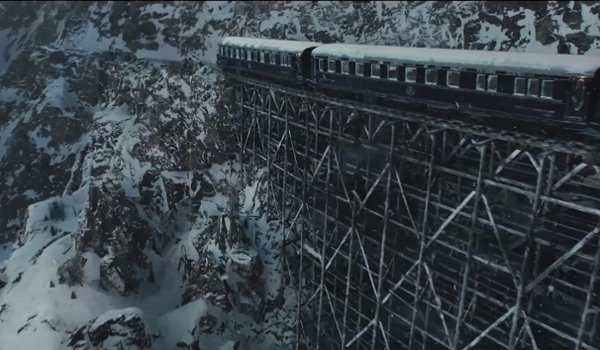
The snow drift back-up is a major moment in the movie. We see a ton of snow dislodge from the side of the mountain and come crashing down on the tracks, nearly to the doom of those on the Orient Express. It adds a bit of excitement. In the book, the patrons of the train only seem to have noticed during the night that the train had stopped.

Poirot actually discovers the body of Ratchett in the movie. This is possible because of the compartment he is in (he doesn't get moved like in the book). He also breaks down the door, adding some excitement. In the book, the body is discovered and M. Bouc does not want to alarm the passengers, asking Poirot to attend to the case in a discreet way.

A lot of the clues are condensed, changed and shuffled around in the movie. Countess Adrenyi is an addict. Hercule Poirot doesn't trap Hildegarde Schmidt into admitting she's a good cook. The watch is on the counter, broken, and not in the dead man's pocket. The burnt paper reveals the Armstrong case through a clever code involving shifting letters.
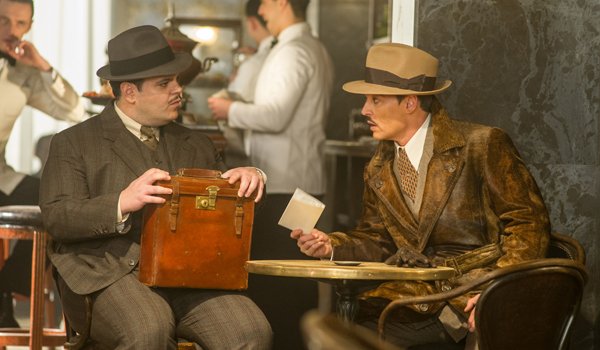
Hecter McQueen actually was stealing money from Ratchett before his death. This happens after he tries to jump off the train and burn the evidence before Poirot finds it. In the book, he admits early on that he is connected to the Daisy Armstrong case through his father, but claims to not know Ratchett and the kidnapper Cassetti are one and the same.

Hercule Poirot is a bit of an action star. He knocks someone out with his cane early on, he chases Hecter McQueen off the train at one point and he faces a gun late in the movie, using his cane again in a nifty way. Hercule Poirot is not much of a man of action in the books. He generally uses words as weapons, which he still does do in the movie, as well.
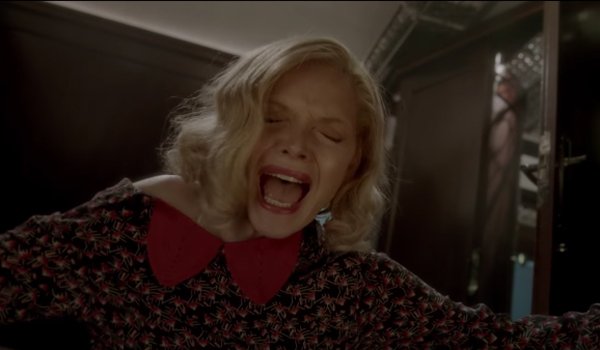
Mrs. Hubbard gets stabbed with the murder weapon at one point. The wound is non-fatal, but the moment is very different from when the knife is found in Mrs. Hubbard's spongebag in the books. In the movie, the set of spongebag-related clues are omitted and Arbuthnot stabs Mrs. Hubbard, instead, to throw Poirot off the scent.

Hercule Poirot is actually shot. Doctor Arbuthnot shoots him in a way that would not kill him, proving that he is an expert marksman. Since he also doubles as the doctor in the movie, this helps to explain how he would have been connected to Colonel Armstrong, whose daughter Daisy was kidnapped in the Cassetti affair. It's exciting stuff, too, although different from the book. Poirot's limbs remain intact in Christie's novel.

Poirot has a much tougher time with the Ratchett murder in the movie than he does in the book. His moral convictions lead to him leaving an empty gun on the table when he calls out Mrs. Hubbard. She then tries to shoot herself with the gun only to find it empty. After that, Poirot lets everyone go. In the book, M.Bouc makes the final decision about which version of the murder to tell the police and the doctor--who is not Arbuthnot--concurs.
Murder on the Orient Express can currently be seen in theaters. Tickets are available now.

Jessica Rawden is Managing Editor at CinemaBlend. She’s been kicking out news stories since 2007 and joined the full-time staff in 2014. She oversees news content, hiring and training for the site, and her areas of expertise include theme parks, rom-coms, Hallmark (particularly Christmas movie season), reality TV, celebrity interviews and primetime. She loves a good animated movie. Jessica has a Masters in Library Science degree from Indiana University, and used to be found behind a reference desk most definitely not shushing people. She now uses those skills in researching and tracking down information in very different ways.
